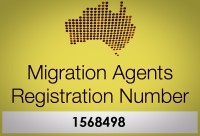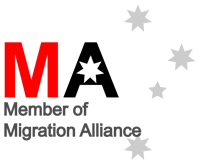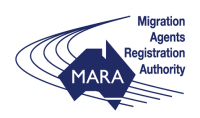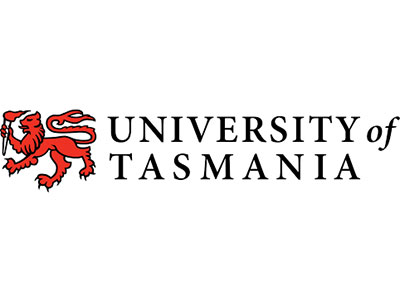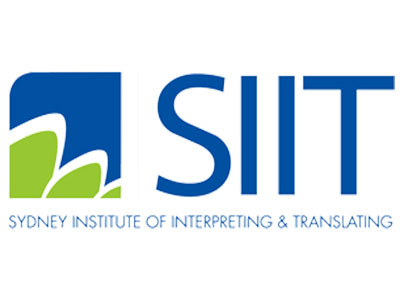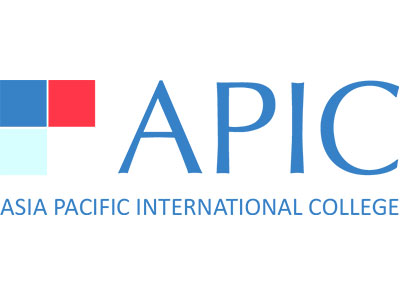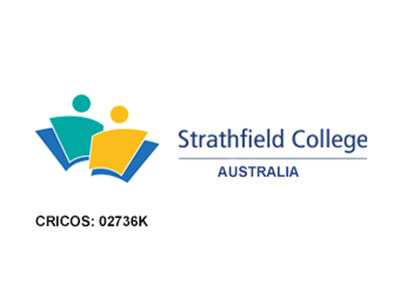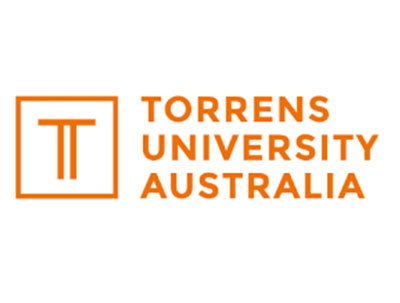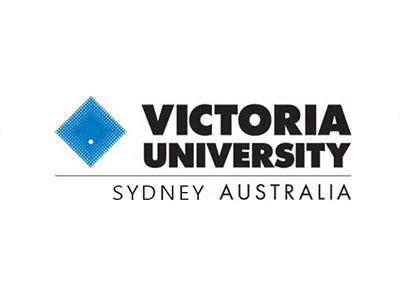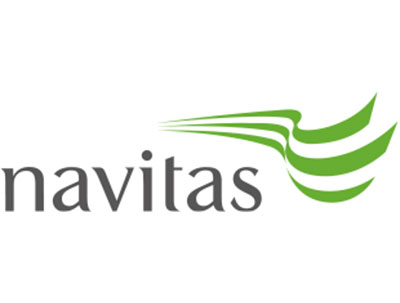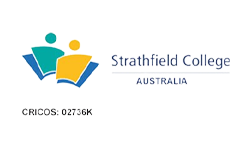
Temporary Skill Shortage (TSS) visa Subclass 482: This visa is for skilled workers who are sponsored by an Australian employer to fill skill shortages in the local workforce. There are two streams available – Short-term and Medium-term – each with different eligibility criteria and time frames.
Business Innovation and Investment (Provisional) visa Subclass 188: This visa category is for entrepreneurs, business owners, and investors who want to establish or invest in a business in Australia. To be eligible, individuals must demonstrate a successful business track record, and make a significant investment in an Australian business.
Employer Nomination Scheme (ENS) visa Subclass 186: This visa allows employers to nominate skilled workers for permanent residency in Australia. There are three streams available – Direct Entry, Temporary Residence Transition, and Labour Agreement.
Skilled Independent visa Subclass 189: This visa is for skilled workers who are not sponsored by an employer or nominated by a state or territory. To be eligible, individuals must meet the points test, have an occupation on the relevant skilled occupation list, and pass the necessary health and character checks.
Skilled Nominated visa Subclass 190: This visa is for skilled workers who are nominated by a state or territory government in Australia. To be eligible, individuals must meet the points test, have an occupation on the relevant skilled occupation list, and pass the necessary health and character checks.
Regardless of the visa category, there are certain eligibility criteria that must be met for all visas, such as having the required skills and qualifications for the job, passing health and character checks, and meeting English language requirements. Additionally, some visas may have specific requirements, such as a business plan or investment funds.
In conclusion, these are some of the main visa categories available for individuals looking to work and live in Australia. With so many options, it’s important to research and understand the eligibility criteria for each visa, and to seek professional advice to determine the best fit for your individual circumstances. To learn more, visit the official website of the Department of Home Affairs: https://immi.homeaffairs.gov.au/visas






